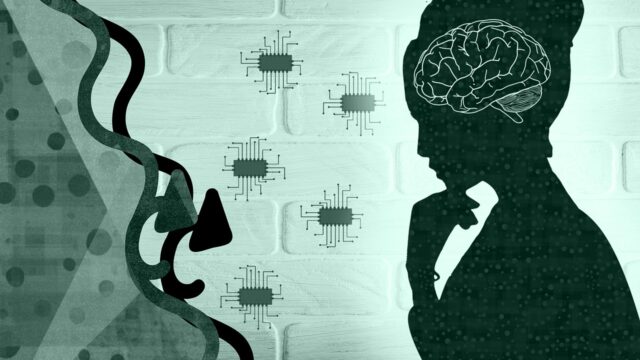
In the world of technology, terms like “machine learning” and “artificial intelligence” are often used interchangeably. However, they are not the same thing. While both concepts are related to the field of computer science and have the ability to make machines intelligent, they have distinct characteristics and applications.
What is Machine Learning?
Machine learning is a subset of artificial intelligence that focuses on the development of algorithms and statistical models that enable computer systems to learn and improve from experience without being explicitly programmed. In other words, it is a process by which computers can automatically learn and make decisions or predictions based on patterns and data.
Machine learning algorithms are designed to identify patterns and relationships in large datasets. They learn from these patterns and use them to make predictions or take actions without being explicitly programmed. This ability to learn and adapt makes machine learning particularly useful in applications such as image and speech recognition, natural language processing, and recommendation systems.
What is Artificial Intelligence?
Artificial intelligence, on the other hand, is a broader concept that encompasses the development of intelligent machines that can simulate human intelligence and perform tasks that would typically require human intelligence. It involves the creation of systems that can reason, learn, perceive, and interact with the environment.
Artificial intelligence can be classified into two categories: narrow AI and general AI. Narrow AI, also known as weak AI, refers to systems that are designed to perform specific tasks, such as playing chess or driving a car. General AI, also known as strong AI, refers to systems that have the ability to understand, learn, and apply knowledge across a wide range of tasks, similar to human intelligence.
The Relationship Between Machine Learning and Artificial Intelligence
While machine learning is a subset of artificial intelligence, it is an essential component that enables AI systems to learn and improve from experience. Machine learning algorithms provide the foundation for training AI systems to recognize patterns, make predictions, and take actions based on data.
Machine learning algorithms are used in various AI applications, such as autonomous vehicles, virtual assistants, fraud detection systems, and personalized marketing. These algorithms enable AI systems to analyze large amounts of data, identify patterns, and make informed decisions.
Key Differences
Although machine learning and artificial intelligence are closely related, there are some key differences between the two:
- Focus: Machine learning focuses on the development of algorithms that can learn and improve from experience. Artificial intelligence, on the other hand, focuses on creating intelligent machines that can perform tasks that typically require human intelligence.
- Scope: Machine learning is a subset of artificial intelligence and provides the foundation for training AI systems. Artificial intelligence encompasses a broader range of concepts and applications.
- Approach: Machine learning algorithms learn from data and patterns to make predictions or take actions. Artificial intelligence systems use various techniques, including machine learning, to simulate human intelligence and perform tasks.
In Conclusion
Machine learning and artificial intelligence are two distinct but interconnected concepts in the field of computer science. While machine learning enables computers to learn and improve from experience, artificial intelligence focuses on creating intelligent machines that can perform tasks that typically require human intelligence.
Both machine learning and artificial intelligence have significant implications and applications in various industries, from healthcare and finance to transportation and entertainment. Understanding the differences between these concepts is crucial for harnessing their potential and driving innovation in the digital age.












